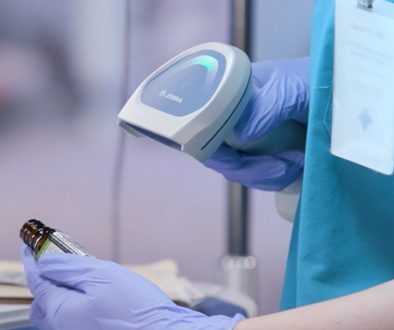Getting A Big Picture Vision of Clinical Mobility Solutions

However, there is a wide range of factors to consider before choosing your devices and starting your rollout. These decisions can have a significant impact on the overall effectiveness of your mobile solution, from both an efficiency and patient safety perspective. Not to mention its initial and ongoing costs.
Finding the right solution requires a strategic approach and a careful evaluation of your facility, workflow and processes to determine the right combination of capabilities and features.
Our white paper explores the complexities of specifying a clinical mobility solution and provides guidance on strategy, best practices and device selection.
For example, before you even consider what types of mobile devices you’ll be using with your mobility solution, there’s a lot of planning to be done. How will the solution integrate with existing systems (e.g., your EHR) and your existing workflows and protocols? What are the mobile communication needs you’re addressing? How will you manage alerts and alarms? How will you roll out the solution to your team?
The mobile devices you select are integral to the success of your mobility solution. There are three possible options available: enterprise devices, consumer devices or a “bring your own device” (BYOD) approach. While the lack of initial capital outlay may make a BYOD approach appealing, it’s important to consider the Total Cost of Ownership (TCO) over the long term.
Before deploying any type of mobility solution, you’ll need to develop and publish a facility-wide policy that identifies appropriate end-user usage models for hospital and personally owned mobile devices. You’ll also need to consider training programs and a support/help system for your users.
Download the white paper today and get a big-picture vision of clinical mobility in practice.



